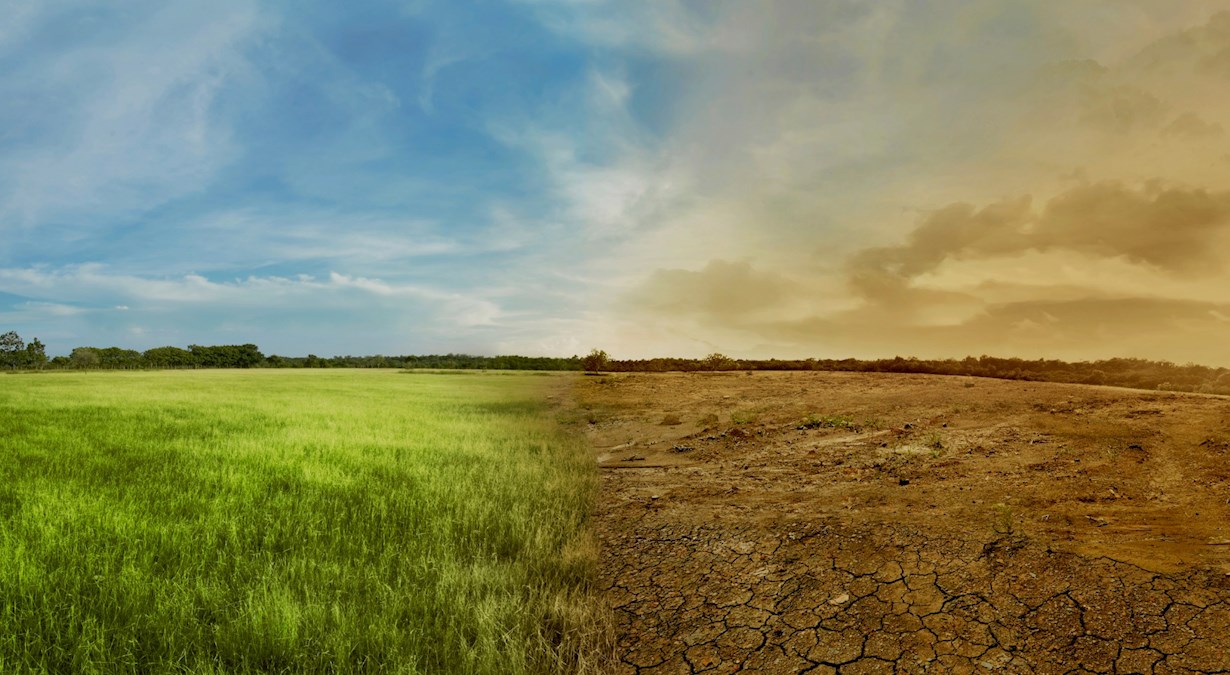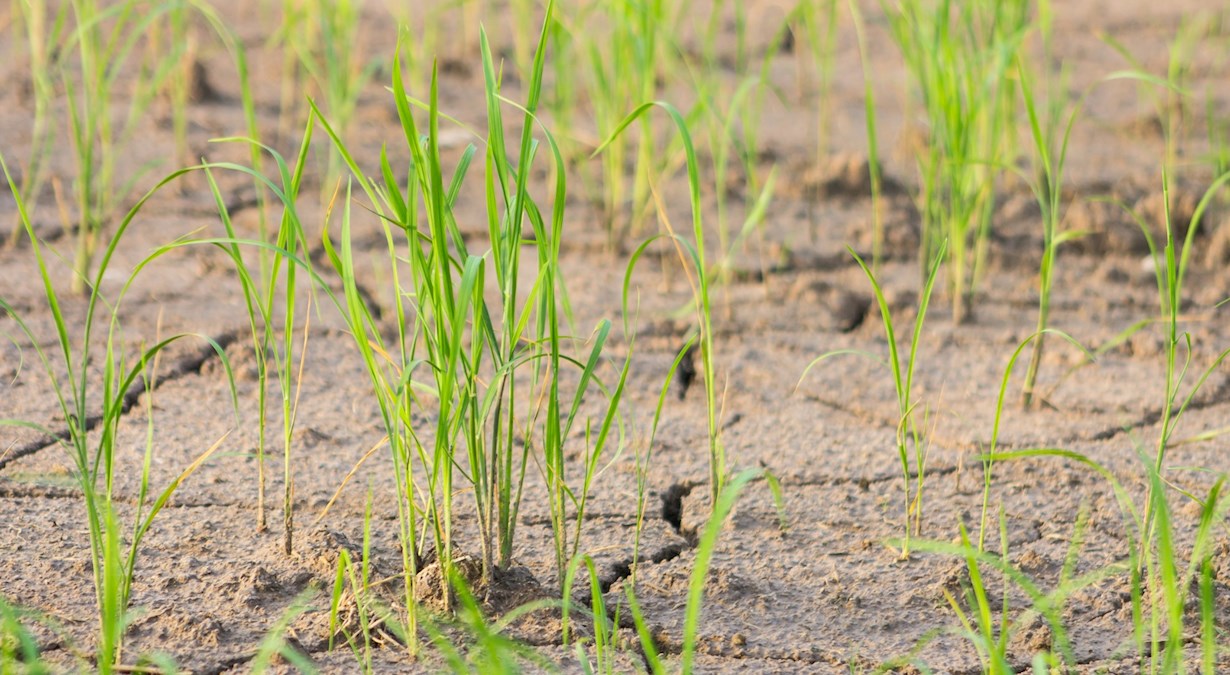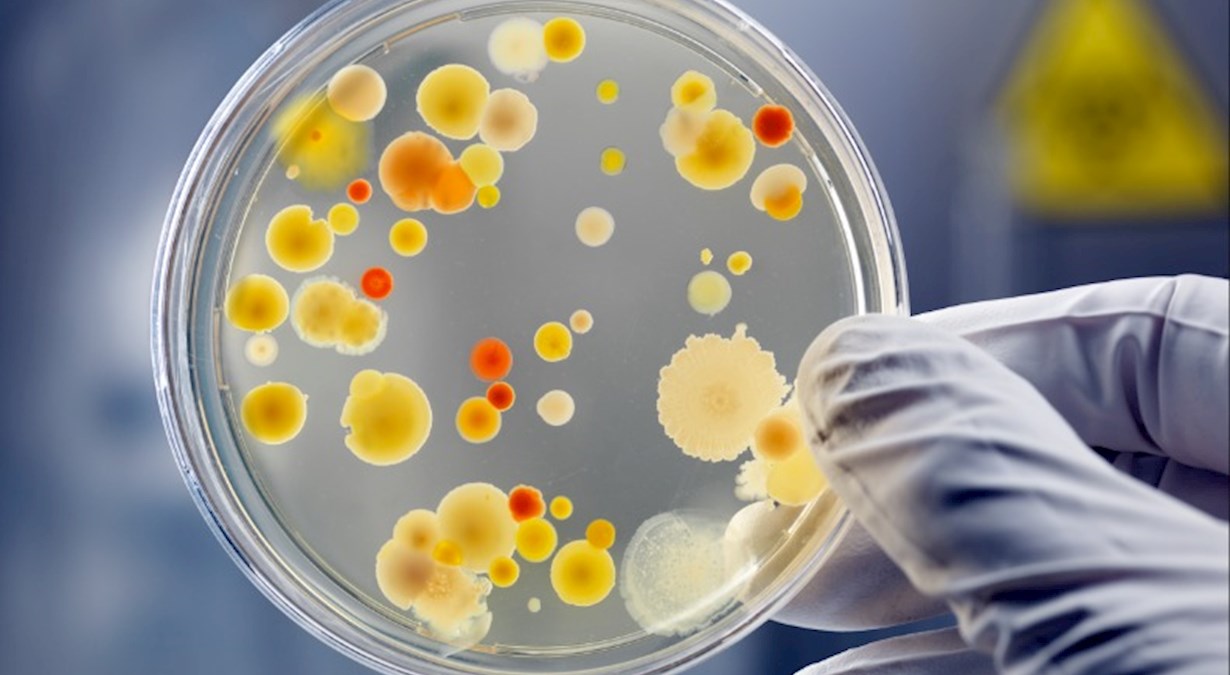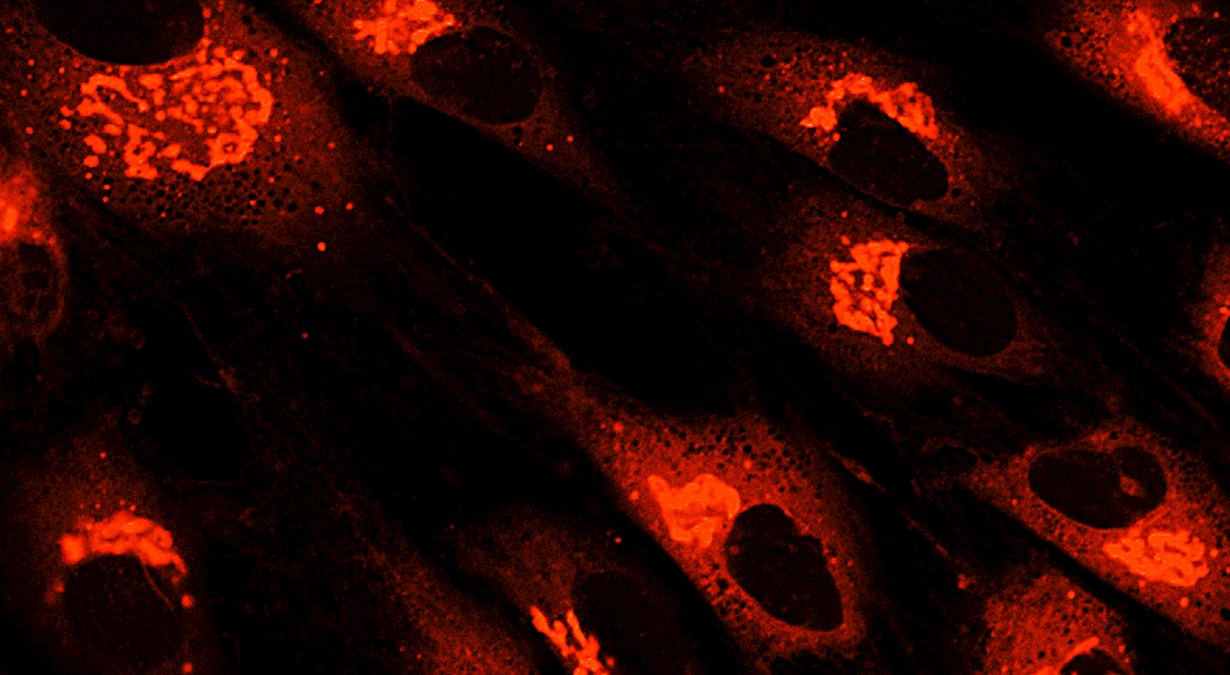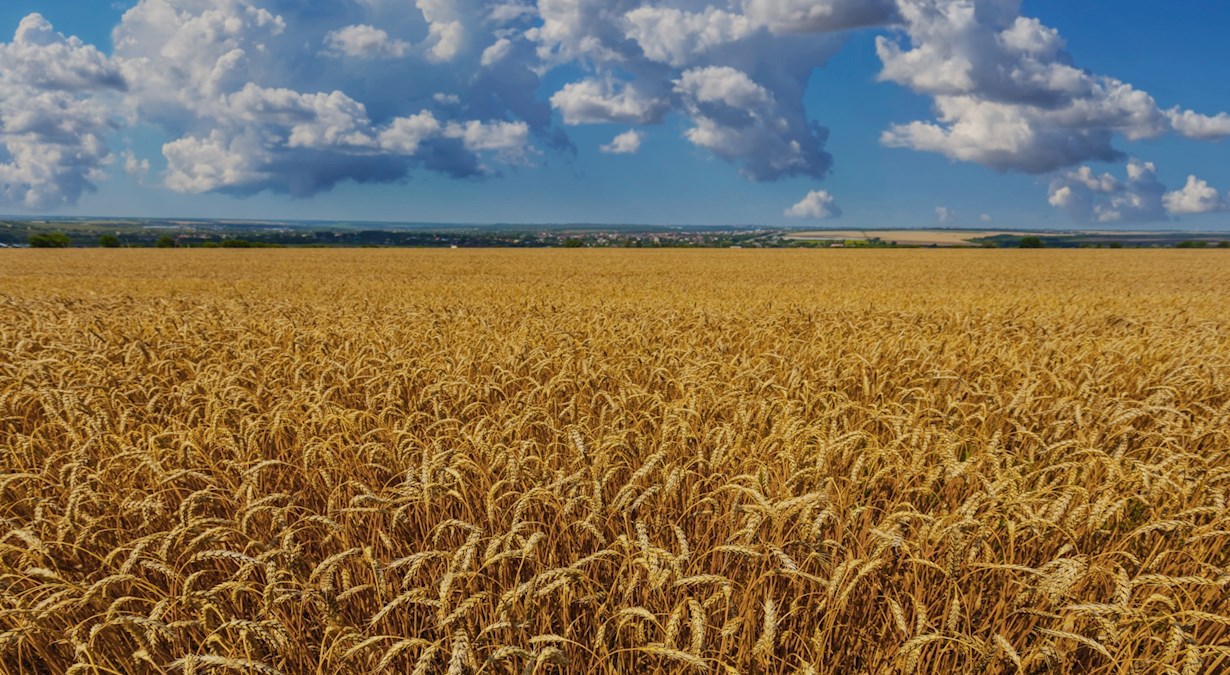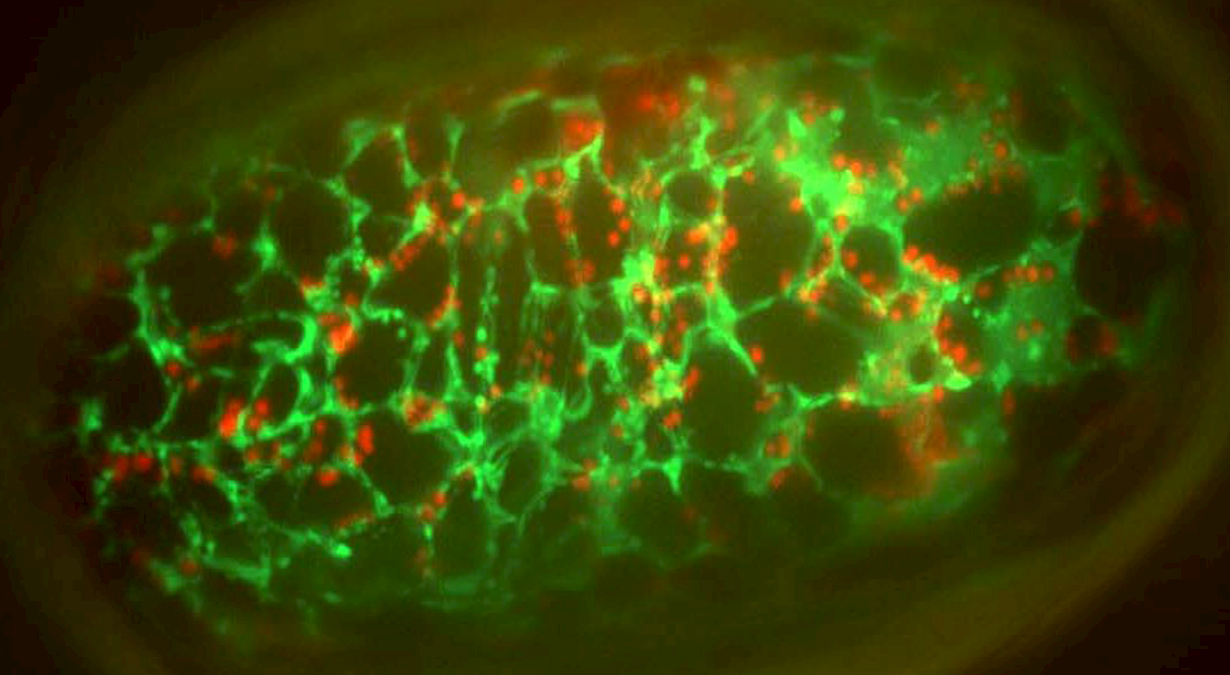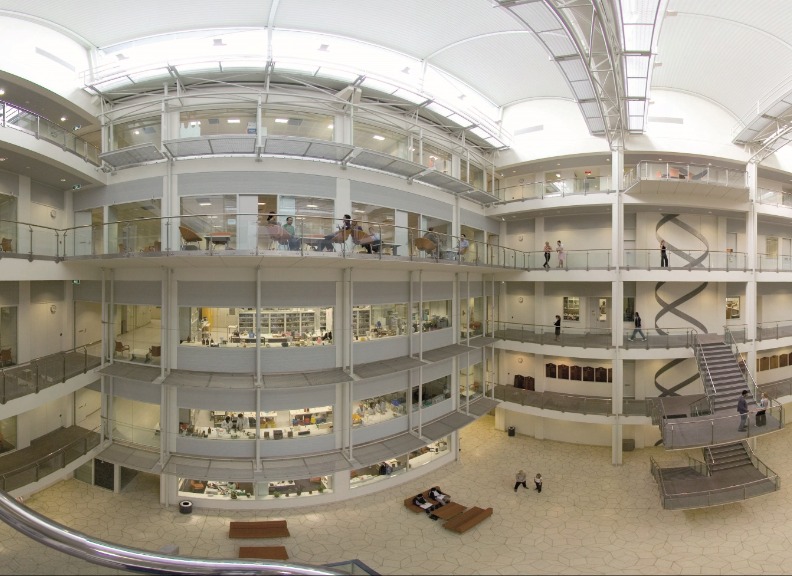
-
Highlights
-
Governance
-
Chancellor
-
Vice-Chancellor
-
Executive
-
History of the University
-
Schools
-
Campuses
-
Complaints
-
Official publications
-
Communications and marketing
-
Working at UWA
PROJECT
What are the wheat proteins that define wheat quality, enable disease resistance and tolerate harsh environmental conditions?
Understanding the cellular metabolism in wheat
We have developed large scale proteomic datasets which together form a proteomic map of Triticum aestivum, covering 24 organ and developmental samples that can be used to explore protein landscapes in wheat.
Global wheat production continues to increase steadily, although the year on year increases seen from 1960 through to 2000 in developing countries have slowed. Previous improvements in genetics have raised yield through increasing the proportion of crop biomass which is grain but this approach reaches a point of diminishing returns when the allocation of carbon to sink tissues has a negative impact on overall biomass. Projections based on our current rate of yield improvement suggest that we will achieve at best half of the 60 per cent increase required by 2050.
Improving the performance of Rubisco, the adaptation of cyanobacterial CO2 concentrating mechanisms, increasing the efficiency and/or reducing the rate of photorespiration and the efficiency of grain filling through catabolic activity and deconstruction of flag leaves all involve the rational design and adaptation of metabolic pathways. The success or failure of which hinges on the completeness of our understanding of cellular metabolism in wheat.
The data enables dissection of tissue-specific proteomes, correlation of transcript and protein data for different wheat tissues and protein functional classes, and identification of constitutive and differential proteome markers for a variety of applications. This enables the building of specific mass spectrometry assays for different sets of proteins of interest that can be quantified in wheat tissues. These can then be used to track at a protein level the importance of specific protein markers in different wheat genotypes.
This project will link to industry partners in assessing metabolic pathway expression in wheat tissues to develop protein markers for industry and learn about metabolic pathway responses linked to real world problems in improving grain production.
For more background information, see the suggested readings below.
- Suggested readings
-
Duncan O, Trösch J, Fenske R, Taylor NL, Millar AH (2017). Mapping the Triticum aestivum proteome. Plant J. 89(3):601-616.
Clavijo BJ, Venturini L, Schudoma C, Accinelli GG, Kaithakottil G, Wright J, Borrill P, Kettleborough G, Heavens D, Chapman H, Lipscombe J, Barker T, Lu FH, McKenzie N, Raats D, Ramirez-Gonzalez RH, Coince A, Peel N, Percival-Alwyn L, Duncan O, Trösch J, Yu G, Bolser DM, Namaati G, Kerhornou A, Spannagl M, Gundlach H, Haberer G, Davey RP, Fosker C, Palma FD, Phillips AL, Millar AH, Kersey PJ, Uauy C, Krasileva KV, Swarbreck D, Bevan MW, Clark MD (2017). An improved assembly and annotation of the allohexaploid wheat genome identifies complete families of agronomic genes and provides genomic evidence for chromosomal translocations. Genome Research 27(5):885-896.
Research team leader: Professor Harvey Millar
I am a protein biochemist focused on plant biology in the School of Molecular Sciences. I am the Director of the ARC Centre of Excellent in Plant Energy Biology. My research aims to understand the role respiration plays in the primary carbon and nitrogen metabolism of plants and their response to oxidative stress, and the dynamics of the plant proteome under limiting conditions.
How to apply
Interested in becoming part of this project? Complete the following steps to submit your expression of interest:
Step 1 - Check criteria
General UWA PhD entrance requirements can be found on the Future Students website.
Step 2 - Submit enquiry to research team leader
Step 3 - Lodge application
After you have discussed your project with the research team leader, you should be in a position to proceed to the next step of the UWA application process: Lodge an application. Different application procedures apply to domestic and international students.
Scholarships
- Domestic students
-
All domestic students may apply for Research Training Program and University Postgraduate Awards (UPA) scholarships
- International students
-
A range of scholarships are available from international organisations and governments. The full list, organised by country, is available on the Future Students website.
In addition, all international students may apply for International Research Training Program scholarships.
- Indigenous students
- Indigenous students are encouraged to apply for Indigenous Postgraduate Research Supplementary Scholarships.
- Forrest Foundation scholarships
- All international and Australian students who wish to study towards the degree of Doctor of Philosophy (PhD) at The University of Western Australia may apply for Forrest Scholarships.



































